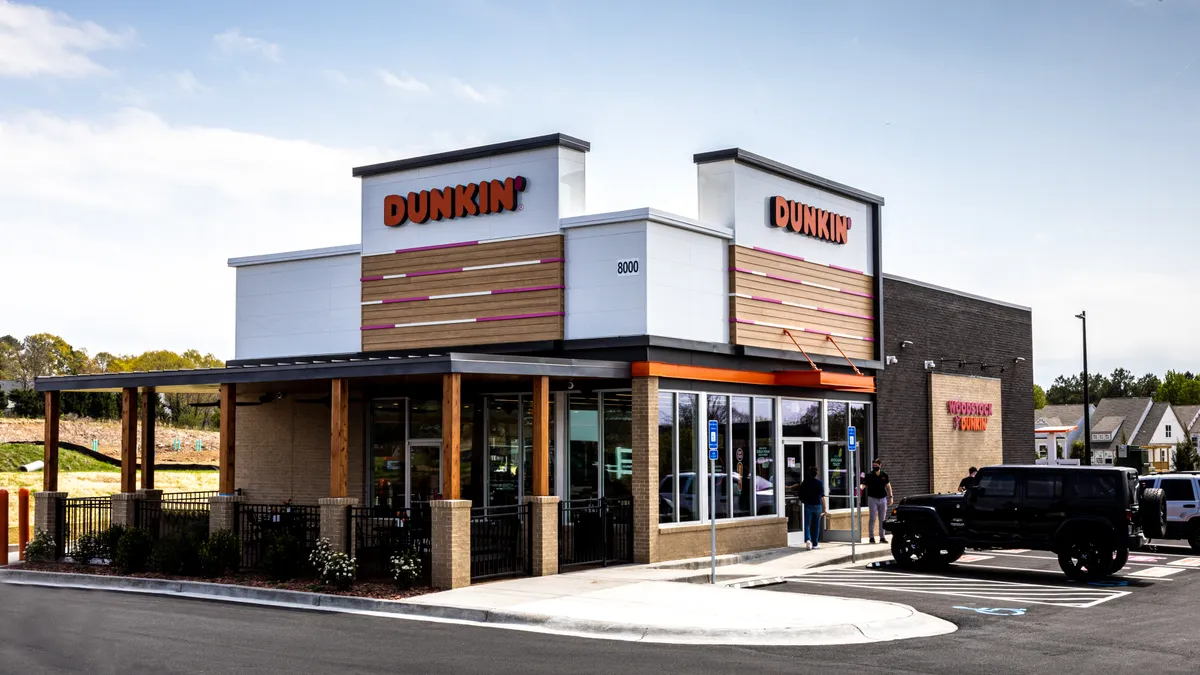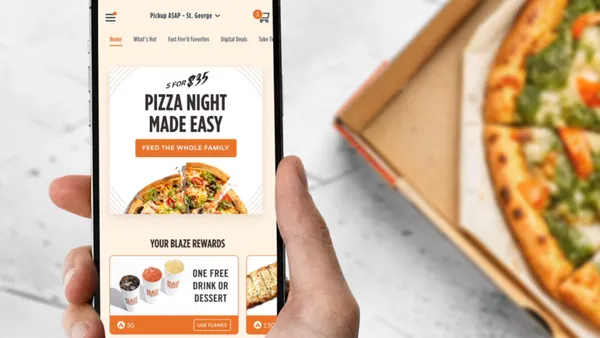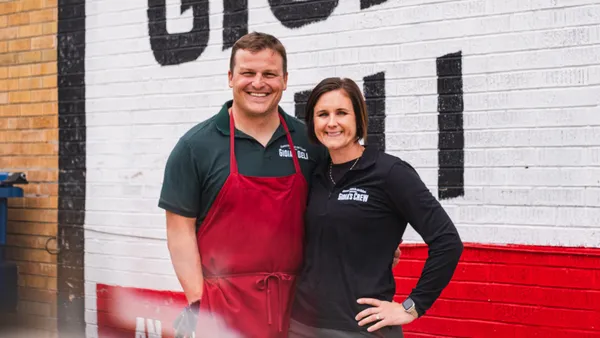As restaurants step into 2025, operators are embracing a new mindset—one that treats technology not as a back-office utility, but as a strategic driver of growth, efficiency and guest satisfaction. With evolving guest expectations, rising costs and tight labor markets, the industry's most resilient brands are making bold tech resolutions—and they’re reaping the rewards.
According to the National Restaurant Association, nearly half of all restaurants plan to invest in a combination of inventory technology and artificial intelligence in the year ahead. These investments are about more than keeping pace with competitors—they’re laying the foundation for future profitability.
Smarter inventory management, bigger margins
One of the most powerful shifts happening today is in how restaurants manage their inventory. Intelligent, data-driven systems give operators real-time insights into item costs, usage trends and menu performance. This isn't just about avoiding waste or stockouts—it's about growing margins with every order.
Predictive technologies are now embedded into modern inventory tools, enabling restaurant leaders to fine-tune menus based on real-time data. By understanding which items have the highest margins, which are most popular and which are driving unnecessary costs, operators can make fast, informed decisions that directly impact the bottom line.
This data-first approach doesn’t just optimize food cost—it fuels smarter forecasting, better purchasing and more strategic promotions, driving profitability from the inside out.
Predictive models for profitable outcomes
Artificial intelligence is no longer a future concept—it’s now a vital part of daily restaurant operations. AI-powered predictive models help restaurants anticipate demand, labor needs and inventory requirements with greater accuracy than ever before. These tools allow leaders to act proactively rather than reactively—critical in an industry with razor-thin margins.
By analyzing patterns across weather, holidays, local events and historical sales, predictive AI generates precise forecasts. These insights empower operators to optimize staffing and prep, reducing food waste and unnecessary labor hours.
AI is also unlocking smarter pricing strategies, identifying underperforming menu items and flagging operational inefficiencies. What once required deep analytics teams is now available to restaurants of all sizes through accessible technology.
Automating for efficiency
AI is not just about prediction—it’s also about automation. From the kitchen to the front office, AI-driven automation is reducing manual effort and enhancing consistency.
Employee scheduling, prep lists and vendor ordering can now be handled automatically based on AI-generated forecasts. Smart scheduling ensures the right team members are scheduled at the right times, balancing labor efficiency with service needs. Prep plans generated by predictive tools ensure fresher food, lower waste and less stress on kitchen teams.
AI is also reshaping employee training. Personalized learning paths based on performance data help team members onboard faster and stay engaged longer—vital in an industry battling persistent turnover.
Unifying tech for full visibility
One of the most impactful strategies restaurants are adopting in 2025 is bringing their tech stack together under a single, unified platform. When accounting, inventory, labor and operations systems are integrated, operators gain a real-time, 360-degree view of business performance.
Combining predictive inventory insights with AI-driven scheduling and financial reporting gives operators total clarity. No more end-of-month surprises—just the ability to act quickly and confidently, based on real data.
Focusing on what matters most
With AI and integrated technology handling the details, restaurant leaders can shift their focus to growth. Instead of chasing down discrepancies or manually adjusting forecasts, they can spend more time improving the guest experience, growing the brand and executing long-term strategy.
AI helps move operators from reactive firefighting to proactive leadership. Whether it’s optimizing menu pricing, reducing waste, or improving training outcomes, the right tools unlock time, insight and margin.
Final thought
The restaurant industry is entering a new era, and those who resolve to embrace intelligent, connected technology will be the ones who thrive. From smarter inventory and predictive AI to unified platforms that tie it all together, the tools are here—and they’re ready to drive real, lasting growth.
In 2025, artificial intelligence isn’t just a trend. It’s the key to operational agility, smarter decisions and a stronger bottom line.










